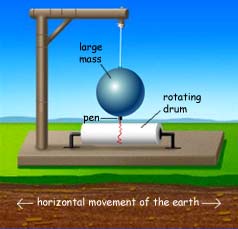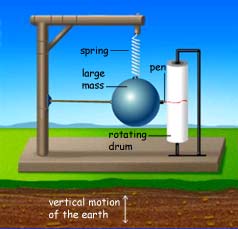Earthquakes and Man-Made Shocks
Seismology—the study of earthquakes and seismic waves—is an ancient science. Throughout history, people have feared earthquakes because they are among the most destructive of naturally occurring events. The ultimate goal in studying earthquakes is to be able to predict when and where they will occur.
Nathaly Famiglietti
Senior Seismic Engineer
The word seismic comes from seismos, the Greek word for an earthquake. Earthquakes are mostly caused by the movement of rocks along cracks deep in the Earth. These cracks are known as faults. Earthquakes can also be caused by volcanoes and explosions. When an earthquake occurs, ground vibrations are generated that travel as waves throughout the Earth. Just as sound waves travel in the air, allowing us to hear, these seismic waves travel outward from an earthquake or explosion through the materials that make up the Earth.
The first known instrument designed to detect an earthquake was built in China in 132 A.D. This “seismoscope” showed that an earthquake was occurring 400 miles away. However, the people standing near the seismoscope did not feel any movement at all! In 1855, Luigi Palmieri of Italy designed the first device to record not only the time that an earthquake took place, but also its intensity and how long it lasted.
In 1880, three British scientists working in Japan invented the first modern seismograph. The invention of James Ewing, Thomas Gray, and Sir John Milne used a pendulum to detect earthquakes. Since then, nearly 16,000 seismograph stations have been set up all over the world to detect, measure, and locate earthquakes. Scientists can now get accurate information about an earthquake as soon as it occurs, but they are not yet able to predict when one will take place.
A seismograph is a device or system that records the movement of the ground during an earthquake. A seismograph can include amplifiers, receivers and a recording device (such as a computer disk or magnetic tape) to record seismograms. A seismogram is a graph that shows how strongly the ground is shaking over a period of time.
This content has been re-published with permission from SEED. Copyright © 2025 Schlumberger Excellence in Education Development (SEED), Inc.




.jpg)